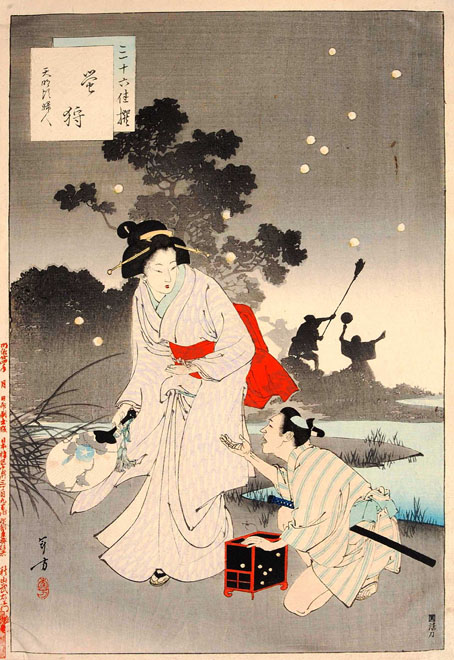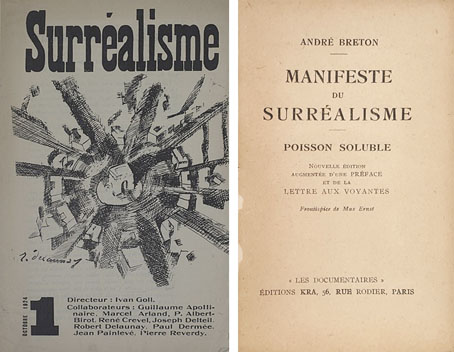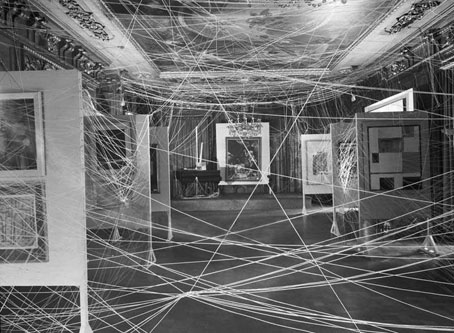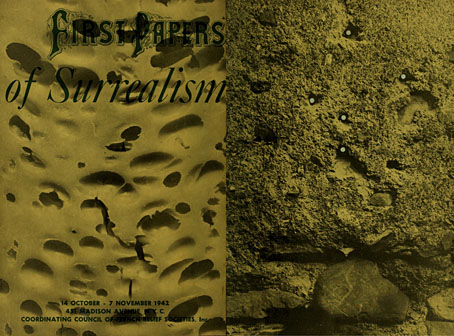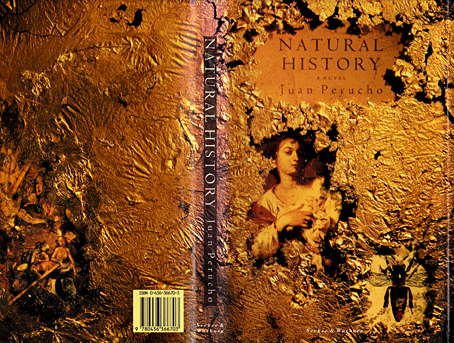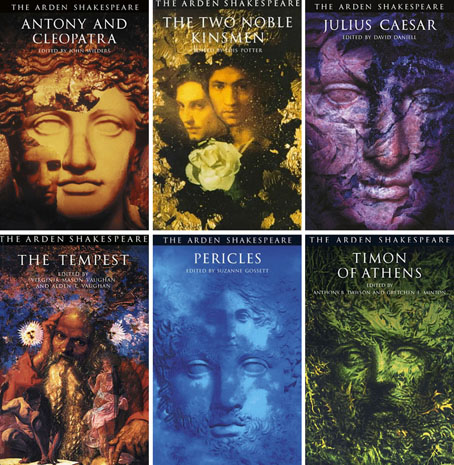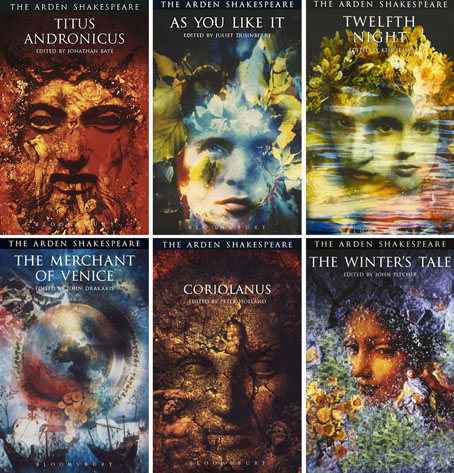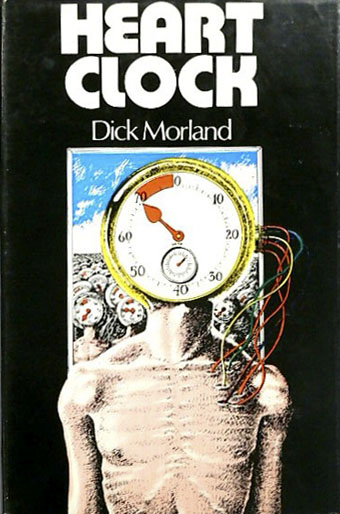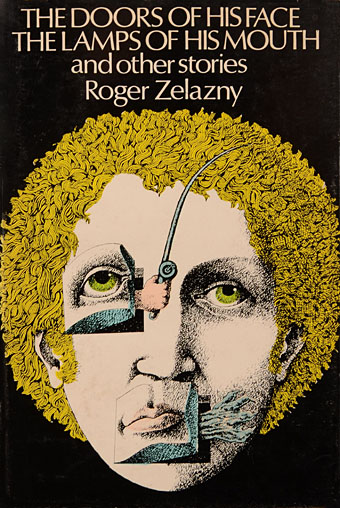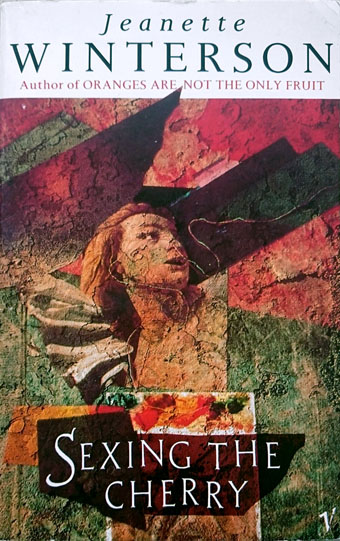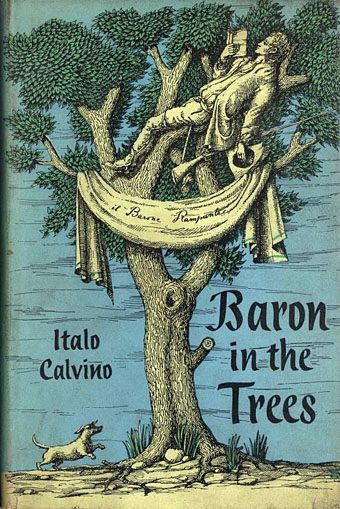Chasing Fireflies, A Lady of the Tenmei Era, from the series Thirty-six Elegant Selections (1894) by Mizuno Toshikata.
• While working on the Herald of Ruin cover late last year I was wondering when we might get to see the BFI or Eureka releasing Louis Feuillade’s silent serials on Region B blu-ray discs. Six months later, Eureka have announced this very thing: Louis Feuillade: The Complete Crime Serials (1913–1918), a box comprising the Gaumont restorations of Fantômas, Les Vampires, Judex and Tih Minh. I’ll probably have more to say about this in September.
• At A Year In The Country: Wyrd Explorations: A Decade Of Wandering Through Spectral Fields, a book which collects revised and extended pieces from the first ten years of A Year In The Country posts.
• At The Paris Review: Eliza Barry Callahan visits and revisits Joseph Cornell’s house at 37-08 Utopia Parkway, NYC.
• New music: Jinxed By Being by Shackleton & Six Organs of Admittance.
• Browse artworks by Pablo Picasso at the Picasso Museum, Paris.
• At Unquiet Things: Victor Kalin’s Paradoxical Paperback Art.
• Strange Transmissions: The World Of Experimental Radio.
• At Dennis Cooper’s it’s Satoshi Kon‘s Day.
• Aaron Turner’s favourite music.
• DJ Food’s haul of Acid Badges.
• Acid Head (1966) by The Velvet Illusions | Acid Heart Mother (2000) by Acid Mothers Temple & The Melting Paraiso U.F.O. | Acid Death Picnic (2013) by Cavern Of Anti-Matter

